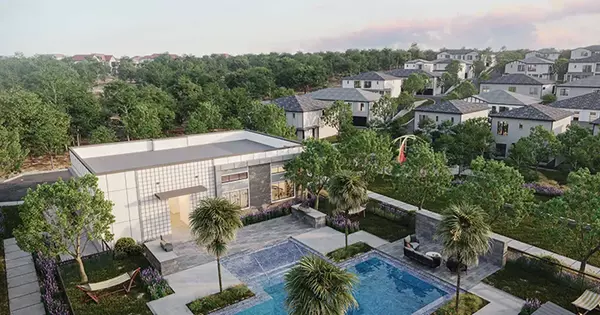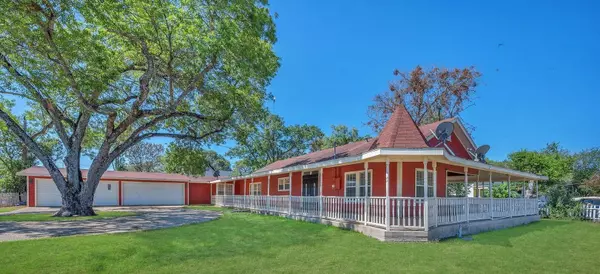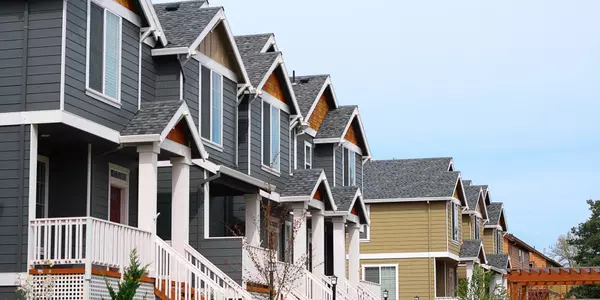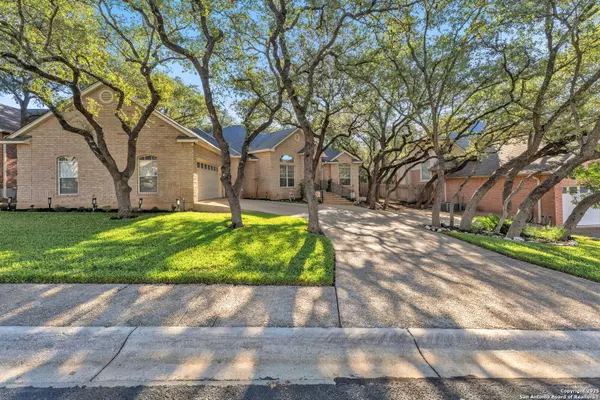A New Bill Could Bring High-Speed Rail To Dallas, Austin, and San Antonio
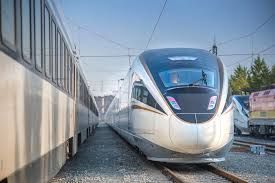
Texas may be inching closer to a high-speed rail breakthrough, and San Antonio is at the heart of the push.
A new bill—spearheaded by San Antonio Representative Ray Lopez—aims to overturn the 2017 state ban that blocks the use of public funds for high-speed rail projects. If passed, it could pave the way for a modern rail line connecting Dallas, Austin, and San Antonio, drastically cutting travel times and reshaping how Texans move between cities.
But while the vision is exciting, the bill still faces legislative hurdles—and not everyone is ready to hop aboard just yet.
🛤️ What’s in the Bill?
The proposed legislation would repeal a 2017 ban that prohibits state support for high-speed rail. Supporters believe the change is necessary to:
-
Attract private and federal funding
-
Move forward with a Central Texas rail corridor
-
Connect Dallas, Austin, and San Antonio with fast, reliable transportation
Rep. Ray Lopez is pushing for what he calls a long-overdue modernization of Texas infrastructure—one that matches the economic growth and population surge of the region.
🚫 What Are the Concerns?
Not everyone is on board. Opponents cite:
-
Land acquisition and eminent domain issues
-
A lack of transparency in funding
-
Fear of another stalled project, referencing the Dallas–Houston high-speed rail proposal that fizzled after years of delays and legal battles
Rural landowners, in particular, are worried about forced land grabs, and some legislators are still skeptical of large-scale transportation projects with uncertain financial backing.
✅ What Supporters Are Saying
Advocates argue that this is Texas’ moment to catch up with other global metros. If successful, the rail could:
-
Cut Dallas-to-San Antonio travel to under 3 hours
-
Reduce traffic congestion on I-35
-
Boost the economy with job creation, tourism, and more regional commerce
-
Provide a sustainable, long-term transit solution
With Texas cities ranked among the fastest-growing in the U.S., the need for new infrastructure options is real—and urgent.
🏘️ What This Means for San Antonio (and Real Estate)
If this bill passes and the project moves forward, it could reshape housing, commuting patterns, and real estate investment across Central Texas.
Key Impacts:
-
Increased demand in neighborhoods near future train stations (e.g., Pearl, Downtown SA, Austin’s East Side)
-
Short-term rental growth around transit hubs
-
Expanded commuter options for buyers working in Austin but living in San Antonio (or vice versa)
-
Commercial development around transportation corridors
-
Potential property value growth in key access zones
Much like airport expansions, transit-oriented development often triggers waves of revitalization and investor interest.
🗳️ What’s Next?
The bill still needs to make it through the Texas Legislature—and with a history of opposition, it won’t be easy. But with growing bipartisan pressure to future-proof the state’s infrastructure, momentum is building.
🗣️ Full Speed Ahead or Stuck at the Station?
Texas has long talked about high-speed rail—but this new bill could be the moment things finally shift from vision to reality. Whether you’re a homeowner, commuter, or investor, the possibility of a Dallas–Austin–San Antonio rail line could change the game.
But until the bill passes, it’s still a waiting game—and the train hasn’t left the station just yet.
📬 Brought to you by CallTheCavalryGroup.com – Smart real estate for a city on the move.
Recent Posts
